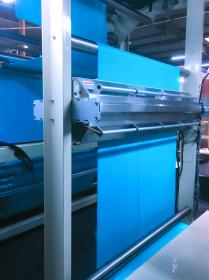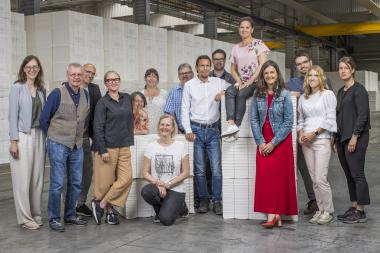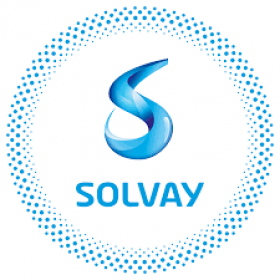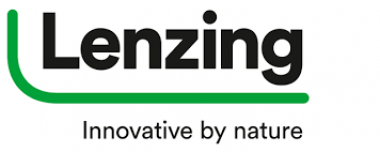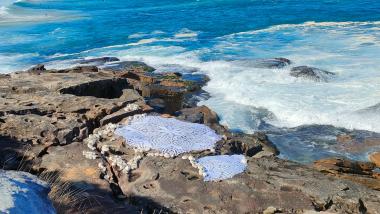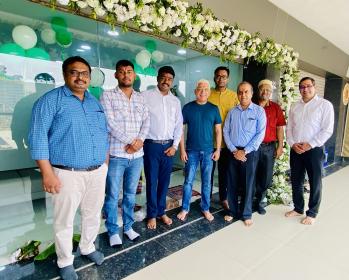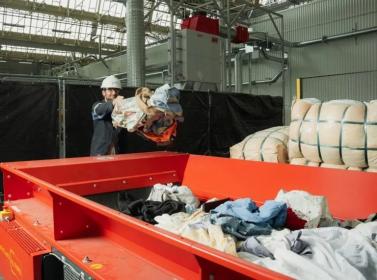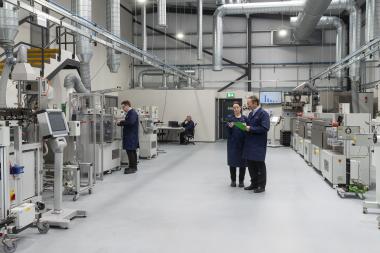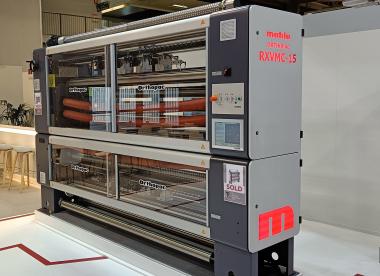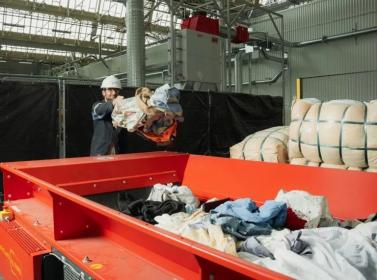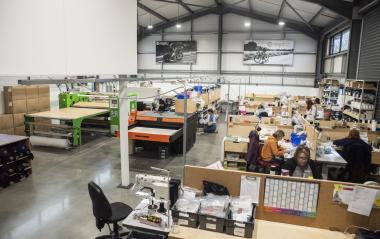Mahlo presents new solutions at ITMA Asia 2023
Mahlo GmbH + Co. KG will present its systems and solutions for efficient and high-quality textile production and finishing together with Shanghai Kuantex at ITMA Asia (November 19 and 23). The focus will be on the machine manufacturer's new straightening concept, the Orthopac RXVMC.
"In the new straightening concept, special attention was paid to the straightening mechanics and their interaction with the analysis electronics of the probe system," explains Sales Manager Thomas Höpfl. The control concept is also new. A probe group at the leveler infeed detects distortions even before they reach the correction rolls. In this way, the rolls are brought directly into position and the fabric is corrected from the very first centimeter. A scanner group at the outfeed also detects possible residual distortion, which is corrected at the second straightening module. This enables an even more precise and faster response when it comes to reacting to rapidly changing distortions. The Orthopac RXVMC therefore shows its full strength when straightening knitwear and fabrics sensitive to distortion.
Also contributing to high-quality textile production and finishing is the Famacont PMC for controlling weft and stitch course density, which will also be on show at ITMA Asia. The Famacont PMC-15 uses a sensor to measure the yarn or stitch density and compares it with the target value stored in the recipe data management system. The detected deviation of the yarn density from the target value is used to fully automatically regulate the leading during the needling process on the stenter frame. Interested parties can have the mode of operation explained to them at the Mahlo booth with the help of a demo tower and their own or provided fabric samples.
Another major topic remains Industry 4.0, because the best measured data is of no use if it cannot be utilized. Mahlo has continuously developed its digital environment mSmart. "Our systems generate data that the customer can use immediately to regulate goods on-line. At the same time, all measured values are backed up in our data management system mLog enhanced and can be retrieved at any time. With this historical data, processes can be optimized and weak points in the process can be minimized," explains Sales Manager Thomas Höpfl.
Mahlo GmbH & Co. KG Mahlo ITMA Asia + CITME straightening concept textile finishing
Mahlo GmbH + Co. KG






